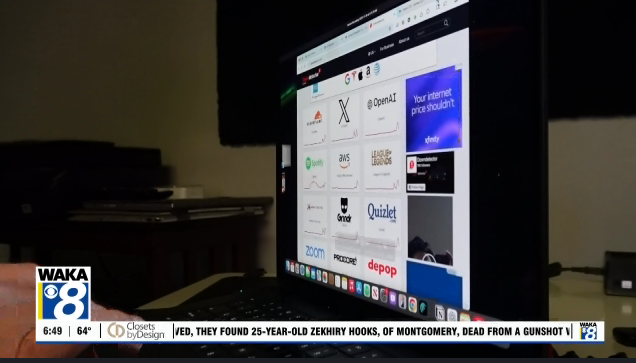What the Tech: How to buy the right sized TV
By JAMIE TUCKER Consumer Technology Reporter
This is a great time of year to buy a new TV. With Super Bowl sales and stores needing to make room for new models, discounts abound.
But with so many options (4K, 8K, OLED, UHD), it can be overwhelming to choose the right one.
Beyond specs, one of the most important factors in the decision is size. Bigger isn’t always better, and there are rules to finding the ideal size for your space.
OLED: The Superior Choice
Before we dive into screen size, a quick note on technology: OLED TVs are superior to others. Their self-illuminating pixels produce brighter colors and darker blacks. QLED TV technology is similar, less expensive, but not close to the picture from an OLED set.
QLED TVs are typically brighter and work well in bright rooms.
4K and 8K (also branded as Ultra-High Definition, or UHD, refers to resolution (number of pixels), OLED is a display technology that impacts picture quality. Big rooms benefit from big screens, as viewers sit farther away.
But for bedrooms and smaller TV rooms, there’s a money-saving rule:
1. Measure the distance (in inches) from the TV to where people sit.
2. Divide that number by 2.
This result is your ideal screen size.
If you typically sit 10 feet (120 inches) from the screen, a 65″ TV is sufficient. A 55″ TV is plenty for a bedroom and will likely look better than a massive screen.
This rule is a guideline. To visualize the size in your room, use tools like Amazon’s AR feature:
1. Find a TV of the size you’re considering.
2. Choose “See it in my room.”
3. Aim your phone camera where you’ll place the TV and tap the screen.
This lets you walk around and view the TV from different angles to see how it fits.
Cost Savings
Choosing the right size can save money. A 55″ TV is about half the price of an 85″ model.
The Big Picture
For a home theater, you might want the largest TV you can afford or even a projector. But for smaller rooms, a smaller OLED TV might be the best investment.
Remember, bigger isn’t always better. Prioritize picture quality and find a size that complements your space.






